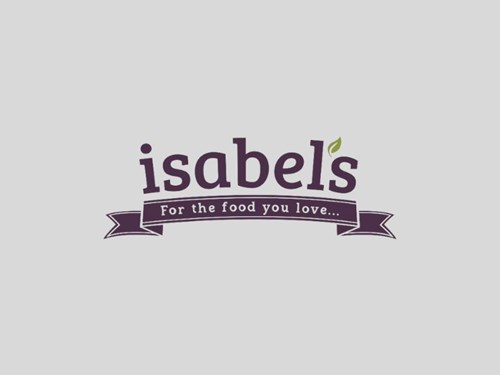When you are speaking with potential customers and clients, how do you get to the point in the conversation where you can actually make a sale?
Simply speaking, you have two choices here: just tell the person you’re speaking with about your product or service (direct sales pitch), or move the conversation into a place so that they ask you (indirect sales pitch). Both of these techniques can be very effective and you’re probably already using them without realising, but understanding how they work will enable you to make a conscious decision based on the individual circumstance, which in turn could boost your sales.
Direct Sales
A ‘direct sales pitch’ is, as the name suggests, directly focused around the product or service on offer. Pitches are often well structured, prepared statements or scripts that can be memorised or read by sales reps. The idea is to capture the attention and interest of a customer in a short period of time and convert quickly to a sale. Because these pitches vary little by customer, it is quite easy to train reps to deliver them.
Well suited for; phone sales, door-to-door sales, group presentations.
Indirect Sales
The ‘indirect sales pitch’ is a little bit more subtle and really can include any conversation between a sales rep and a customer that doesn’t result in a direct ask for a sale. The idea is to get the customer to ask to buy the product or service. An indirect sales pitch can be designed to capture the attention, curiosity or imagination of the customer. Another strategy is to discuss the customer’s preferences or requirements and present the benefits of an available solution.
Indirect selling is often preferable in many situations because many people don’t like feeling like they are being sold too. If you notice a potential customer switching off during a sales pitch, switching to an indirect approach may help bring him back on side. Asking questions to learn more about what that person actually needs may open a conversation back up and allow for a sale to be made
Conversely, some customers actually prefer a direct approach and are looking for a straight up sales pitch. There also often comes a point in most sales conversations where the direct pitch does need to be delivered. After the customer’s needs have been understood and discussed, the close of the sale often happens with the direct pitch.
Think about your customers’ and pay attention to their behaviour signs and signals. If you are speaking with someone who is obviously very busy, they may just want you to get to the point, whilst some people want to have a conversation and get to know every bit of detail about both you and your product or service. Experience will help, but when it comes down to it, sales are about relationships between people.






